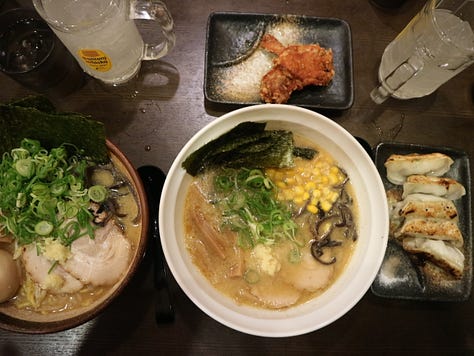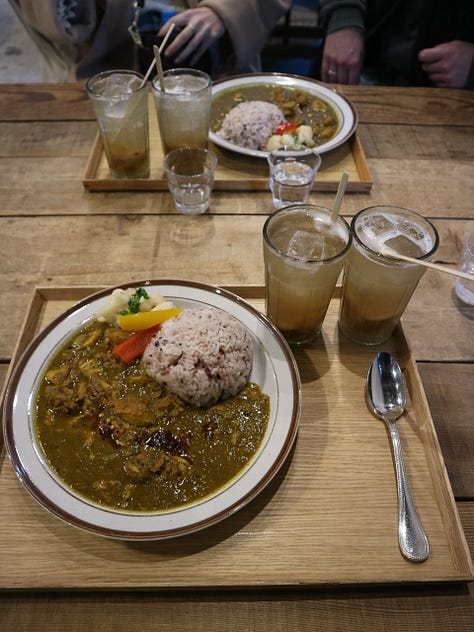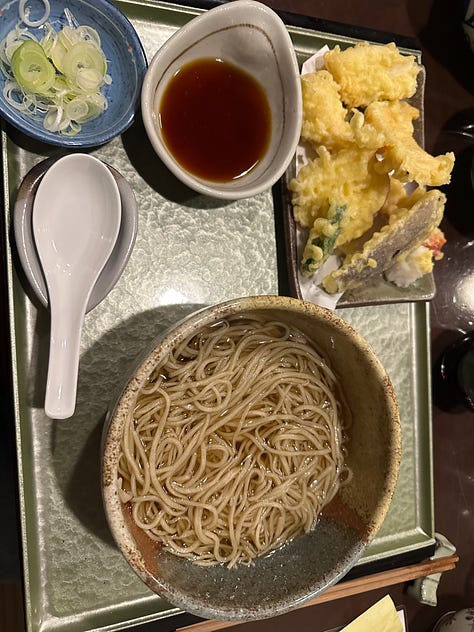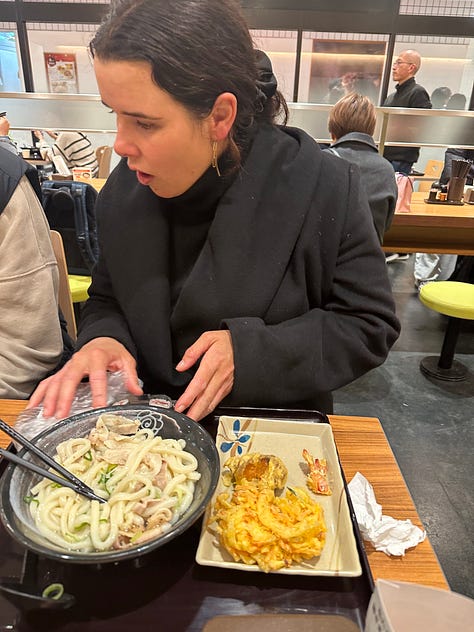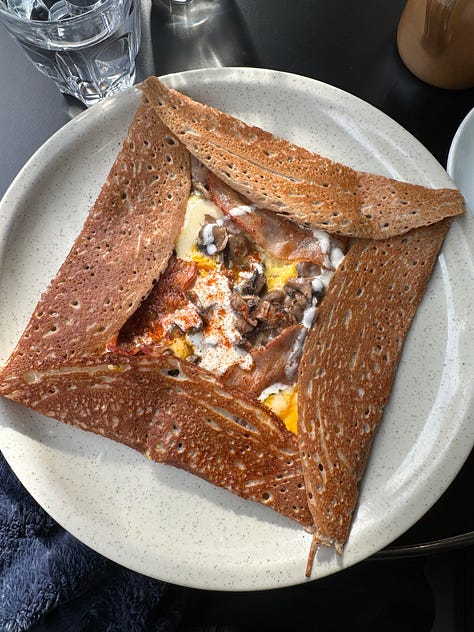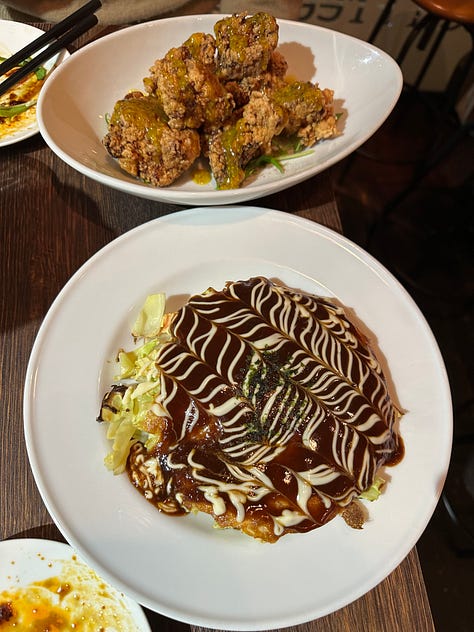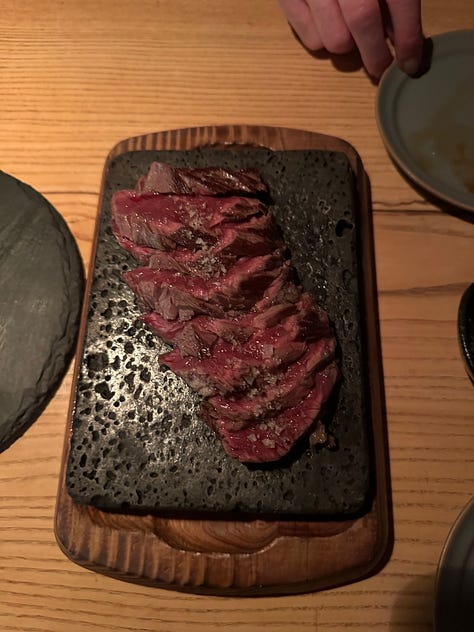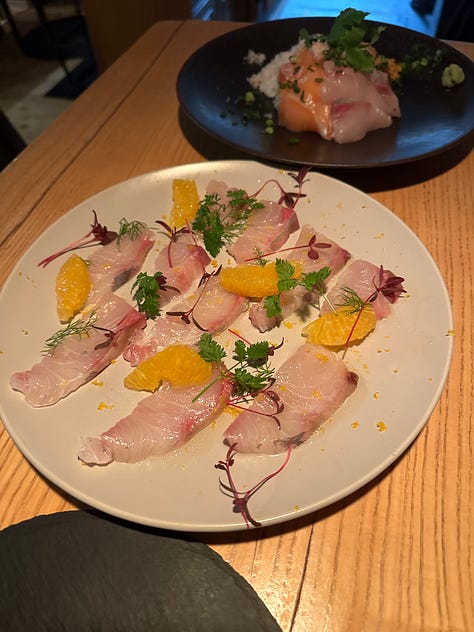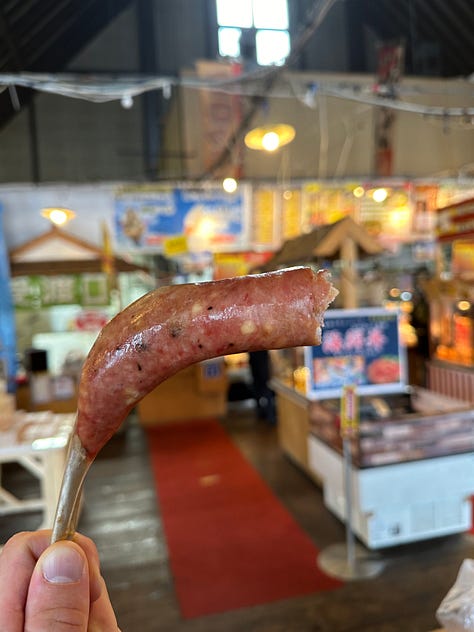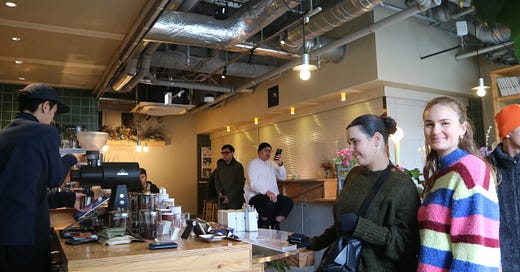
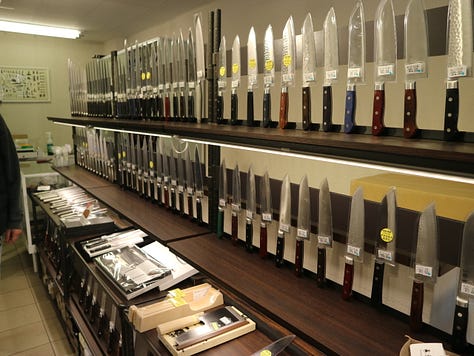
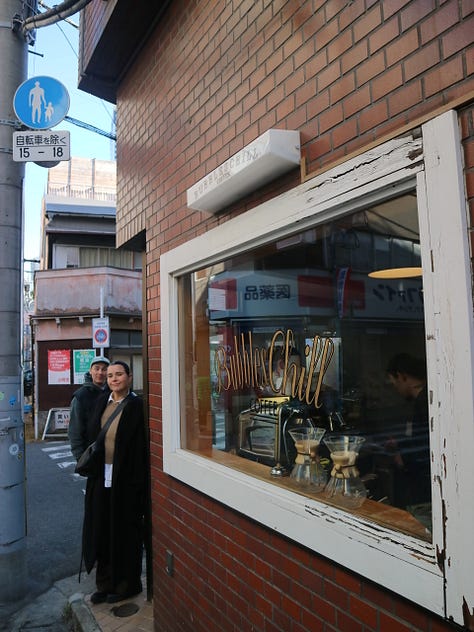
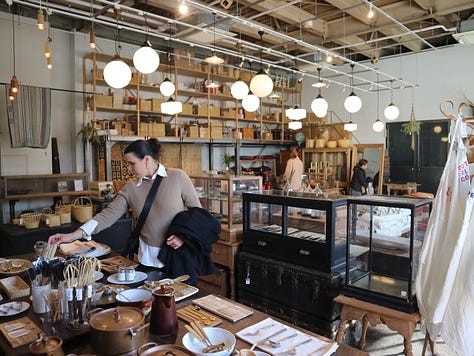
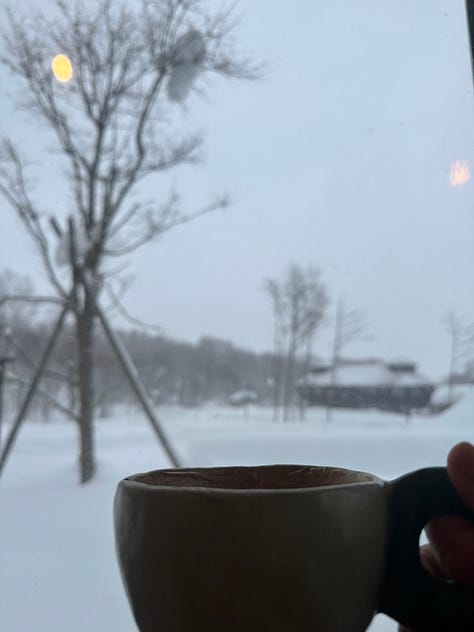
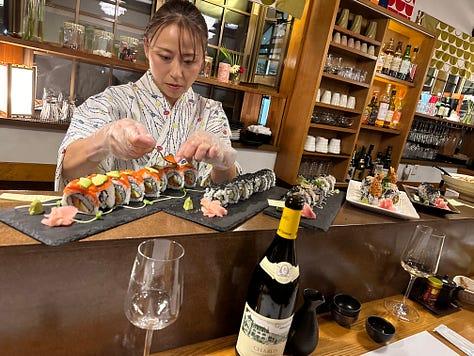
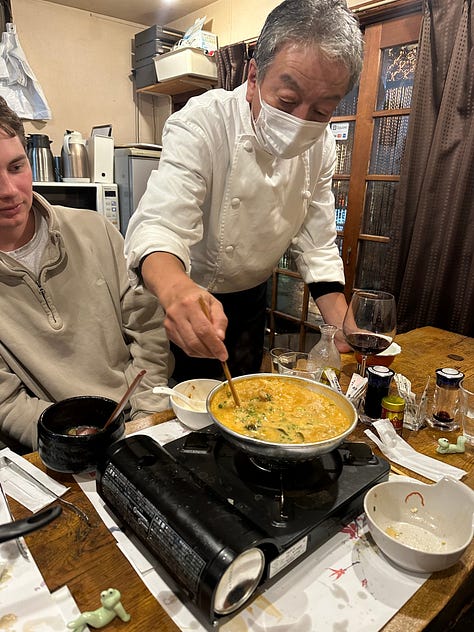
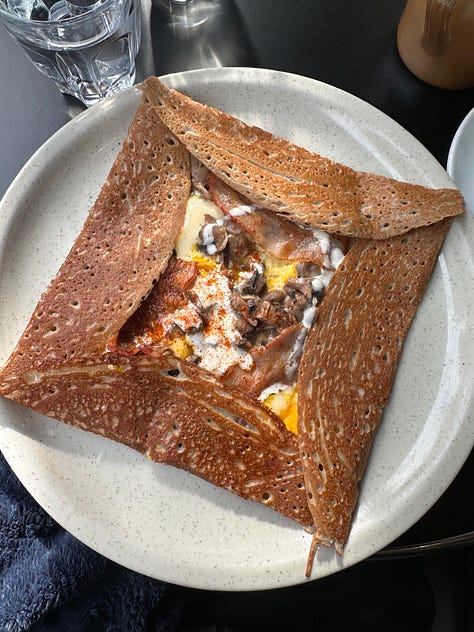
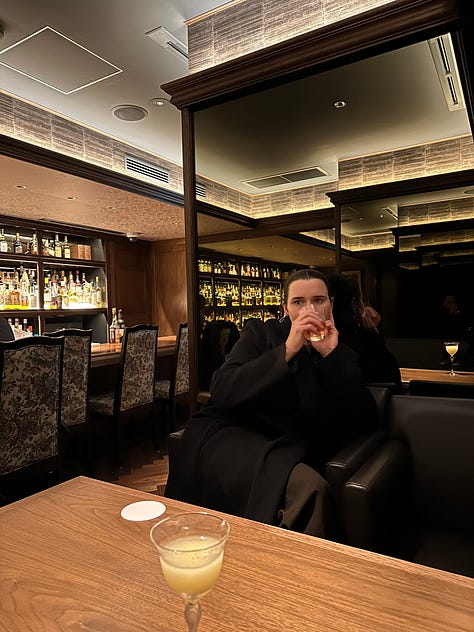
Context first — we travelled to Japan from Australia, starting in Hakuba for a week, moving to Tokyo for four nights, and finishing in Niseko for another week. I made a Google Maps thing to go with this guide. It maps out all the food, drink and activities I recommend in Tokyo, Hakuba and Niseko. Enjoy.
Getting around
Tokyo
Tokyo doesn’t treat its tourists like shit, so despite the brutal language barrier, getting around is pretty simple. Get yourself some accommodation near a Tokyo Metro station, and buy a tourist-only ticket with unlimited rides. They offer 24, 48 and 72-hour versions, and you can buy them online in advance. If that fails, we got our’s from WonderCompass in Shibuya station. Don’t forget to bring your passport.
Hakuba
There are several confusing bus routes running through Hakuba, so make sure you have a reliable map and know which bus stop is closest to your accommodation. If you nail that, the buses will be smooth sailing. They come more than once an hour and always seem on time.
Niseko
The Niseko United shuttle buses are the best way to get around, but they come once an hour. And 90% of the time, they’re late and packed. You can ride for free if you have a Niseko United ski pass; otherwise, the bills add up.
Flying Domestic
If you’re flying domestic, Japan Airlines was a vibe. They let our check-in bags through 5kgs overweight, put us on an earlier flight that wasn’t delayed, and linked up with our international flight home.
Luggage Transport
If you’re lugging around bags that you could do without for a few days, Yamato can forward them to your next accommodation for peanuts. We had a 15kg snowboard bag that we weren’t going to touch in Tokyo, so we got it sent from Hakuba to Niseko for about $42 AUD. The best bit was that it was already in our second-floor hotel room once we got to Niseko. Yamato is the Australia Post of Japan, and there are a bunch of service desks at stations and hotels around the country. We used one at Hakuba Bus Terminal, and I saw another one in the lobby of the Niseko Village Hilton.
A cheap and easy way to get phone data
We got a cheap 10GB eSim for $10. It was plenty for Google Translate, Google Maps and the occasional infinite scroll. Beats trying to buy a sim once you arrive. Remember, you can’t call anyone on an eSim.
Beware of different voltage
Don’t bother wasting luggage space on your Dyson Airwraps and your PS5s. Japan runs on 100V/60Hz, so you won’t have much success with your Aussie appliances. That’s unless you fork out for a step-up transformer that converts to 240V.
Dodging the Tokyo tourist traps
Worth the hype
The Golden Gai is a ramshackle collection of 200ish small bars in Shinjuku. When I say small, I mean small — they fit about half a dozen people. It’s a bit of fun — well worth a try.
Kappabashi kitchen district was a pretty cool experience, especially if you’re into quality knives and kitchen paraphernalia. The best ceramics shop we found was Dengama.
Casica Warehouse was top-notch. It’s a beautiful collection of ceramics and homewares curated in a suave warehouse with a cafe attached.
teamLab Borderless Museum was booked out two days in advance, so make sure you book well in advance.
Tokyo Metropolitan Government Building was free and gave us a good aerial view of the city. My favourite part was the public piano, which attracted a couple of prodigies that were impressive to hear.
Whenever we were bored, we searched the nearest arcade and locked into some Mario Kart, air hockey, or our favourite — electronic darts.
Tourist traps
The aptly named Takeshita Street was dogshit.
Shibuya crossing was unwhelming.
Getting caffeinated
Tokyo
About Life Coffee Brewers: good coffee near Shibuya, classic coffee-shop vibe with good music and atmosphere. There was a decent quick breakie for non-GF peeps — a mushroom, cheese and spinach toastie was my girlfriend’s choice.
Bubbles Chill Coffee is a no-nonsense hole-in-the-wall coffee shop that produces a decent drop. The barista was pretty meticulous, so it took a while.
Urth Cafe: this place is in Shibuya station and serves up decent coffee considering it’s location.
Vending machines are always there if you’re desperate.
Hakuba
Satoru Coffee was a stone’s throw from our accommodation, so we gave it a try once. The barista spared no time or effort in making each coffee, so it took a ridiculous amount of time to prepare. It was a yum result though.
Niseko
Niseko Sanroku Parlor in Niseko Village was probably the best drop we had in Japan. The circumstances of our visits may have biased us, as we dropped in there famished after a full day of skiing. Good sandwiches and I had a soup that seemed GF.
GF snacks from convenience stores
Custard pudding was a go-to dessert, like creme caramel, and most were made with raw milk. Delicious.
Ice cream: a few of the standard ice creams were gluten-free. Nothing too surprising there
Yogurt: the same with yogurt. A few of the standard yogurts were GF.
Miso soup: This was a late revelation. A couple of variants of miso soup were gluten-free, and every convenience store has a hot water dispenser.
Soyjoy bars: I bought a heap of these bars to pack my snow jacket pockets with on the slopes. The black packet flavour was terrible. The rest — including apple and strawberry — served their purpose perfectly.
Choccy: There were a few chocolate options that kept me happy.
Onigiri (rice balls): Some onigiri flavours were gluten-free. The pickled plum was gross, so I generally looked for salmon.
Meal time
Tokyo
BREIZH Cafe Creperie was an authentic French creperie in the strangest of places. I had a mushroom and cheese crepe and it was yum. Pretty expensive though.
Shimbu Sakiya Ramen is a ramen chain that has dedicated GF option on their menu. For a ramen-starved Coeliac like me, this was a godsend. They also had fried chicken and gyozas — unbelievably GF.
Gluten Free T’s Kitchen was the only dedicated GF restaurant we visited. They served up all of the Japanese classics — from Okanomiake to karage chicken. It was all beautiful, but you pay for the privilege.
Casica has a small cafe attached that is famous for its medicinal Japanese curry. I don’t know about the medicinal part, but it was bloody scrumptious. The homemade ginger ale was also great.
Food courts above train stations were always a good option. There was plenty of fresh sushi for me and a long list of other options for those who can eat gluten.
Hakuba
West Mountain Sushi was a highlight and very accommodating for GF. Just bring your own soy sauce. Everything is made in front of you, and it’s bloody delicious. Book ahead.
Izakaya Takamuchi was another authentic highlight. The Tom Yum hot pot lived up to its name—a very intimate experience.
Sobasyubou Zen was GF heaven. The menu had indications of what I could eat, making the decision-making process a dream.
Niseko
Luckyfingers was our only night out in Niseko. They picked us up from our accommodation, and our waiter was unreal. He quietly made sure everything we were served was GF. They had a dedicated GF menu too. A hidden gem if you ask me.
Cacao Crown makes its own chocolate from scratch. We had a mocha each, and they were delicious.
Milk Kobo is connected to Cacao Crown and makes delicious fresh ice cream and custard pudding.
